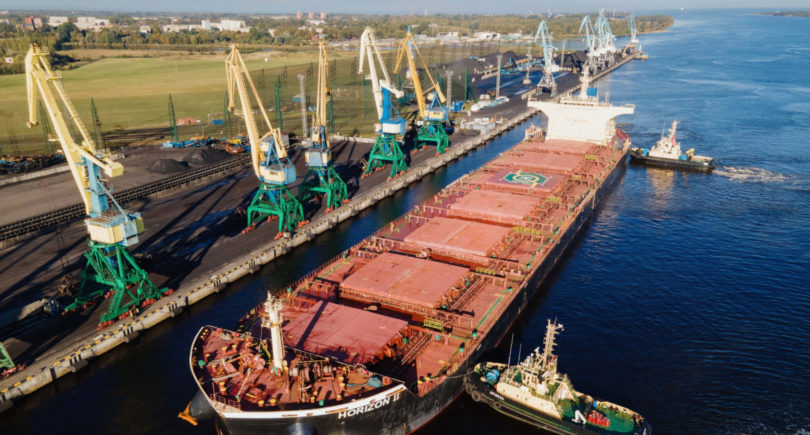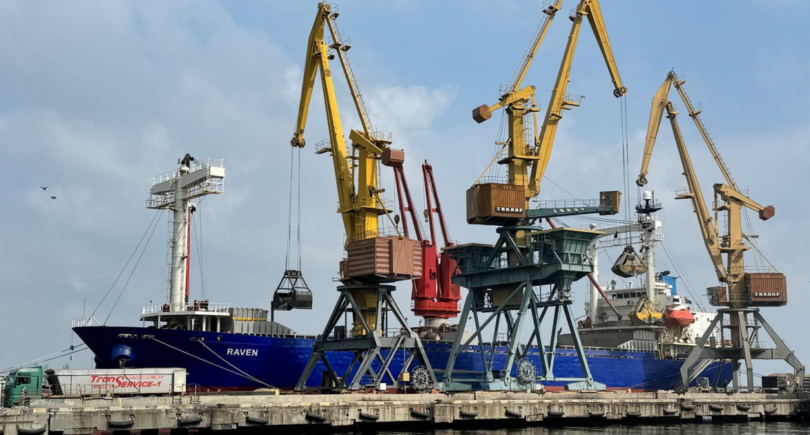
News Infrastructure sea ports 702 20 June 2023
For 5 months, port workers reduced the transshipment of iron and steel cargoes by 1.8% y/y
In January-May 2023, the Liepaja Seaport (Latvia) increased the transshipment of iron and manganese ore by 70% compared to the same period in 2022 – up to 15.1 thousand tons. This is evidenced by the data published on the port’s website.
Transshipment of other metals in January-May in the port of Liepaja decreased by 21.1% y/y – to 7.5 thousand tons. Processing of ferrous metals and iron alloys was not carried out during this period, while 10.3 thousand tons of non-ferrous metals were transshipped, which is 5.1% more than y/y.
In January-May, port workers handled 32.9 thousand tons of cargo from the mining and steel complex, which is 1.8% more compared to the previous year.
The total cargo turnover of the port of Liepaja for the five months of 2023 amounted to 3.21 million tons. This is 1.4% less compared to January-May 2022. Grain and cereal products were processed the most – 1.5 million tons (+10% y/y). In the second place are building materials – 285.8 thousand tons (-2.8% y/y), and in the third place – wood pellets – 155.3 thousand tons (-19.9% y/y).
Bulk cargo handling fell 4.2% y/y over the year – to 2.26 million tons, general – by 11.3%, to 812.9 thousand tons, and liquid – decreased by 20%, to 140.3 thousand tons.
The port of Liepaja is one of the three largest ports in Latvia, located on the coast of the Baltic Sea. In 2022, Liepaja port processed 58.7 thousand tons of iron and manganese ore, which is 11.5 times more per year. In total, port workers handled 7.61 million tons of cargo over the year, which is 7.8% more than in 2021.
As GMK Center reported earlier, the Port of Riga (Latvia) in 2022 increased transshipment of iron ore by 16.8% compared to the same period in 2021 – up to 954.6 thousand tons. Transshipment of scrap, steel products and ferroalloys in the port of Riga for 12 months of 2022 amounted to 516.6 thousand tons, which is 28.7% less compared to 2021.



